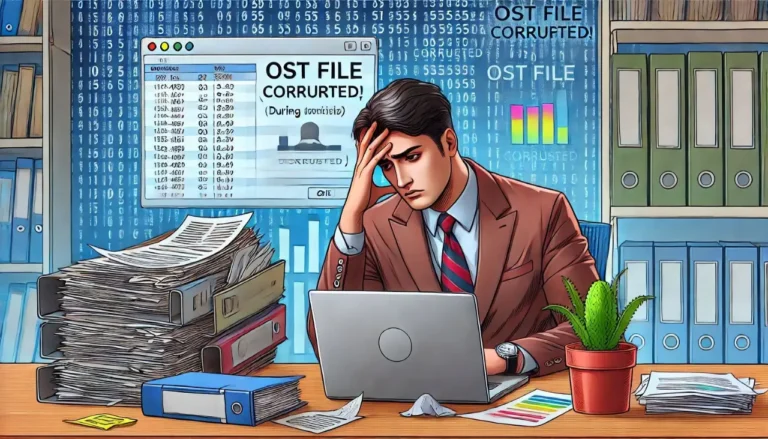Almost two decades ago, in the automotive industry; the director of one factory often quoted: “We have a day to make a car, but the customer has a lifetime to check it.”
Quality itself was of the highest importance. In more mature sectors like construction and automotive industries, quality assurance was key to great products and it was integrated methodically in the product development process.
While implementation of quality assurance is certainly driven by pressure from insurance companies, it has also dictated the lifespan of the end product.
However, when it comes to software, shorter life cycles coupled with continuous upgrades indicate that integrity of source code is often overlooked in favor of new features, complex functionality, and readily deployed to market speed.
Product managers in the software industry have often placed less priority on quality assurance of source code, or usually leave it at the hands of developers to handle the matter, despite the fact that it is a critical factor determining the fate of a product.
Product managers concerned about building a solid foundation for product development and removing risks; it is wise for them to define and implement a methodical assessment of source code quality as such is crucial.
Defining Quality
Before exploring the ways in properly evaluating and enacting a QA process for the source code, it is important to determine what quality means in the context and arena of software development.
It is a complicated and multifaceted issue, but to simplify it, experts from a custom software development company Dallas refer the matter to source code that supports a product’s value proposition without compromising consumer satisfaction or posing as an adversary to the company’s business model.
In other words, quality source code accurately implements a product’s functional specifications, satisfies non-functional requirements, ensures consumers’ satisfaction, minimizes security and legal risks, and can be maintained and extended on affordable.
Given the fact how software is distributed widely and quickly, the impact of software defects can be monumental. Issues like code problems and bugs can seriously hurt a company’s bottom line by blocking product adoption and raising costs of software asset management (SAM) whilst violations of license compliance and security breaches can affect the company’s reputation and raise legal issues.
Even if the defects in software do not have catastrophic outcomes, their cost is undeniable.
In a report published in 2018, renowned software firm Tricentis found that 606 software failures from 314 companies accounted for USD$ 1.7 trillion in lost revenue the previous year.
In last year’s report, CISQ put the cost of poor quality software in the United States at USD$ 2.08 trillion. Whereas another estimated amount of USD$ 1.31 trillion were in future costs incurred through technical debt.
These numbers could be mitigated with earlier interventions; the average cost of resolving an issue during product design is quite low than resolving the same issue during testing. This consequently is exponentially lower than resolving the issue after deployment.
Handling the matters of software quality assurance
Despite the associated risks, quality assurance in software development is treated fragmentally and is characterized by a reactive approach instead of a proactive one, which is taken in other industries. The ownership of source code quality is contested, when it should be viewed as the collective responsibility of different teams involved at software firms.
Product managers must view quality as an impactful feature instead of viewing it as an expense. Executives at software firms should pay attention to a software’s state of quality and invest time & money in it. Whereas, engineering functions should not resist tasks related to debugging and code-cleaning.
Putting together all these challenges of delegation is the fact that existing methodologies and tools fail to address the code quality issue as a complete issue. They only see the partial angle of it.
The use of continuous integration and continuous delivery methodologies help reduce the impact of low-quality code. However, unless and until CI/CD is based on thorough and comprehensive quality analysis, it cannot anticipate and address most issues and disasters effectively.
Teams responsible for QA testing, app security and license compliance work in teams using tools designed to solve only one part of the issue and evaluate only some of the functional or non-functional requirements.




